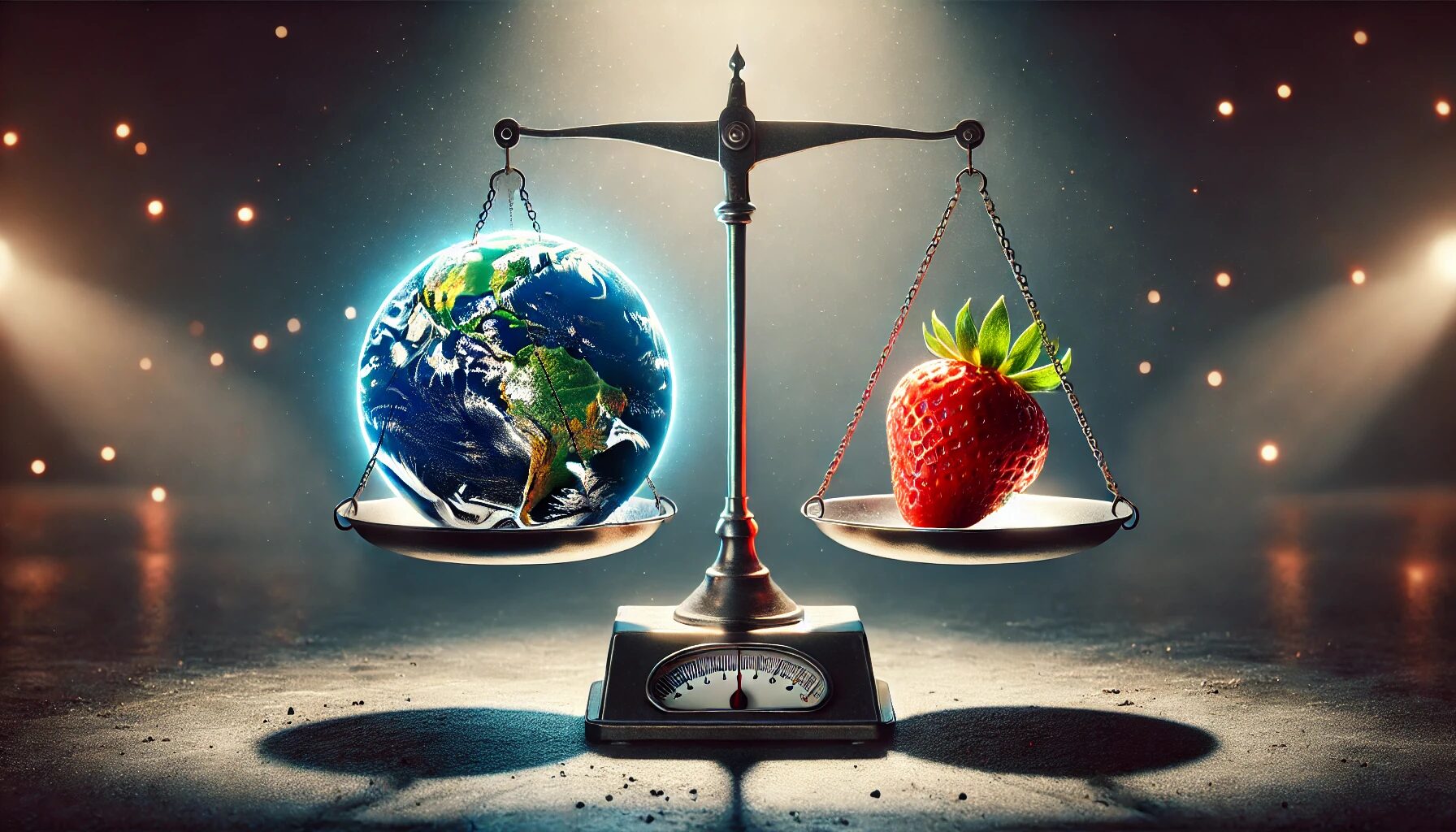The internet is a marvelously massive-yet-intangible construct. It’s so vast that we’ve spent decades trying to quantify its storage, traffic, and even its weight. Yes, you read that right: the internet has a weight. According to physicist Russell Seitz, the entirety of the internet’s data—when considered in terms of the electrons required to store and transfer it—weighs approximately 50 grams. That’s the same as a strawberry.
Now, fast forward to a completely unrelated announcement: OpenAI’s “Project Strawberry.” On the surface, it sounds like a whimsical name, conjuring up images of fields of red fruit, sunshine, and summer picnics. But could there be a hidden connection between this project name and Seitz’s sweet scientific analogy? Let’s take a lighthearted stroll through this idea.
The Strawberry That Binds Us All
Back in 2011, Vsauce, the internet’s favorite purveyor of curious science, explained Seitz’s calculation in one of their popular videos. Seitz concluded that the internet’s weight, derived from the mass of the electrons that make data possible, was roughly equivalent to a fat strawberry. This charming revelation captured imaginations worldwide. After all, who wouldn’t want to visualize the entirety of human online achievement as a fruit salad garnish?
OpenAI’s “Project Strawberry” launched years later, and while the project’s goals were lofty and groundbreaking (as OpenAI tends to be), its name remained delightfully grounded. Sure, it could have been called something more intimidating—“Project Singularity” or “Neural Nexus”—but “Strawberry” evokes something more approachable, relatable, and yes, even a little sweet. 🍓
Coincidence or Carefully Weighted Reference?
Here’s the fun hypothesis: what if OpenAI deliberately chose “Project Strawberry” to pay homage to Seitz’s work? Think about it:
- Electrons and AI: Artificial intelligence depends on a constant stream of electrons zipping around in processors and storage devices. In a way, AI owes its existence to the same fundamental particles Seitz calculated for his internet weight experiment.
- The Weight of Knowledge: As AI expands and learns from the internet’s wealth of data, it metaphorically “gains weight.” But even with all its computational heft, the information remains essentially “virtually weightless,” a fact that parallels Seitz’s findings.
- Strawberries Are Universal: Like the internet, strawberries are enjoyed around the world. They’re an everyman’s fruit—simple, satisfying, and unassuming. Perfect for a project aiming to make AI technology more accessible and user-friendly.
- Marketing with a Smile: Let’s not underestimate the charm factor. OpenAI knows how to capture attention, and who could resist a project named after a beloved fruit? It’s as if they said, “Hey, our AI may be sophisticated, but we’re still down-to-earth. We’re here to share the digital strawberry fields with you.”
From Data Packets to Strawberries
Perhaps the sweetest connection lies in what Seitz’s strawberry metaphor represents: the surprisingly tangible nature of an intangible concept. The internet’s “weight” is a testament to how something as ephemeral as data can have a physical impact on the world. Similarly, OpenAI’s “Project Strawberry” represents the idea that something as complex as artificial intelligence can also be boiled down to simple, accessible applications that benefit everyone.
So, was “Project Strawberry” an intentional nod to Seitz? The jury is still out. But whether it was a clever Easter egg or just a happy coincidence, the connection is undeniable: strawberries, electrons, and data have more in common than we ever imagined. They’re all part of a story about bridging the gap between the physical and the digital, the simple and the profound. And that’s a story worth savoring.
